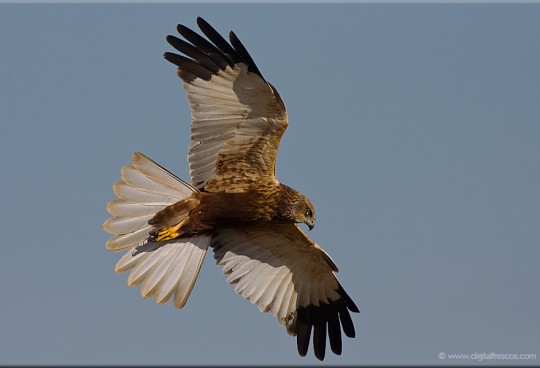Plain Parakeets (Brotogeris tirica) are endemic to, and common in, southern and eastern Brazil; its range stretching from southern Bahia to Sao Paulo west across southern Minas Gerais to southern Goias. They appear to be restricted to that area of South East Brazil that used to be covered in Atlantic Rain Forest. Their natural habitats include open country with trees and bushes, lowland evergreen forest areas, second-growth forests, degraded former forest areas, partially cultivated land, woodlands, parks and urban areas. They can be found at elevations up to 1,200 to 1,300 meters (~4,000 to 4,265 feet). They occur in pairs, groups or small flocks. These noisy parakeets are often seen flying between trees or buildings.
The Plain Parakeets seems to have adapted to the destruction of 95% of their natural habitat and survives well in many areas where fruiting trees grow, specifically large urban centers and city parks. Global populations are said to be stable as this species is still considered “common” in most of its large range. Even though, this species is currently evaluated as Least Concern by IUCN, a considerable decline in its population has been noted following large-scale conversion of its original habitat for agricultural use.
The Plain Parakeet has the longest tail, which make up one half of its body length. This parakeet is not as brightly colored as its cousins, which explains its name. Its plumage is generally green. There is some yellow on the crown, cheeks and underparts. The shoulders and lesser wing feathers are olive-green. The flight feathers and the underside of the tail are blue-green. The primary feathers and outer secondary feathers are edged with green.
![]()






Sorry, the comment form is closed at this time.